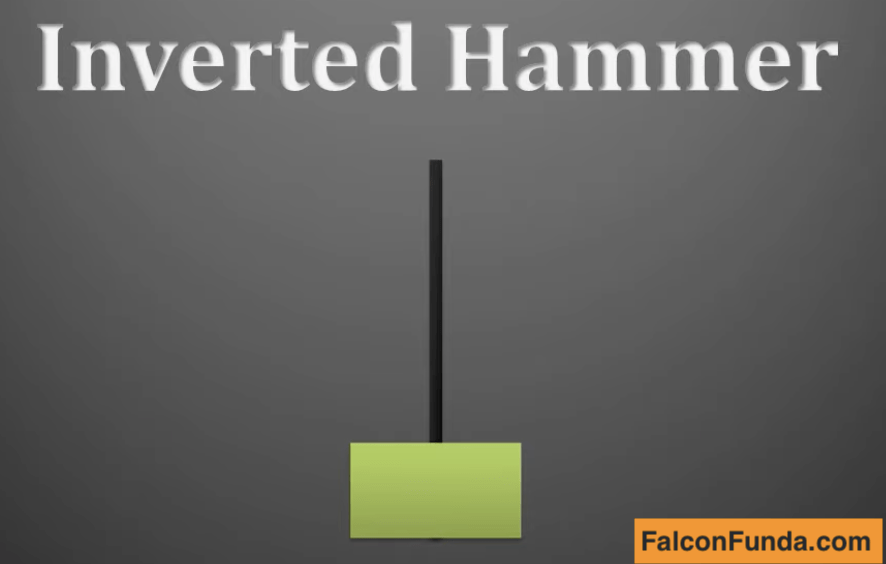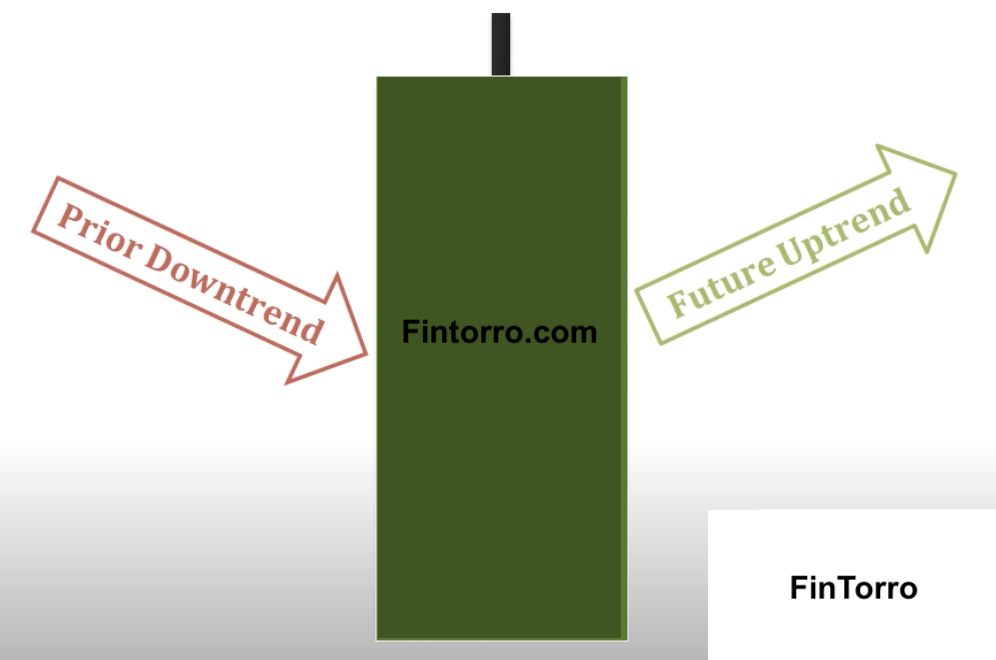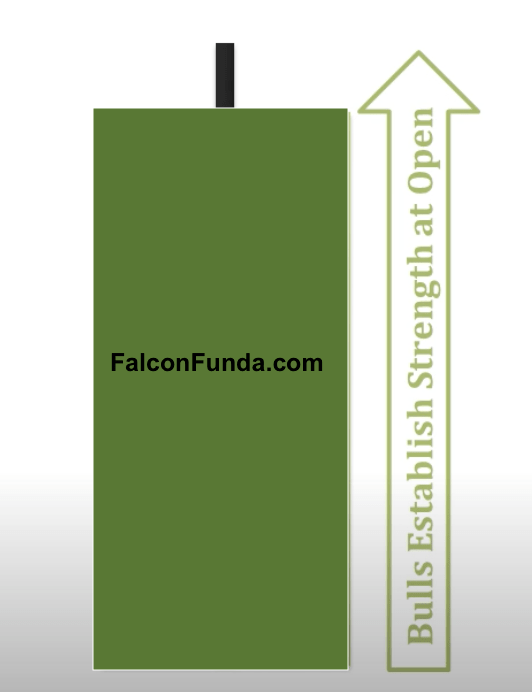The Tweezer Pattern is a two day pattern indicating either a market high or market low.
A Tweezer Top pattern has highs of the candlesticks equal and is a bearish reversal pattern. These candlesticks can be of real bodies, shadows or dojis.



A Tweezer Bottom pattern has lows of candlesticks equal and is a bullish reversal pattern.Candlesticks can be of real bodies or shadows or doji’s.



Psychology of the Tweezer pattern is that both bears or bulls are not able to push the prices further up or down and hence are considered as a trend reversal.
Tweezer Top occurs during an uptrend. On Day1 bulls push prices higher, Then, on Day2 bears reverse the market sentiment i.e market does not breach the prior day’s highs, and heads straight down, often eliminating most of the prior period’s gains.
 Tweezer Bottom occurs during a downtrend. On Day1 bears push prices down by pushing the price near low and then, on Day2 bulls reverse the market sentiment i.e market does not breach the prior day’s low instead price of the security goes up, often eliminating most of the prior day’s losses for bulls.
Tweezer Bottom occurs during a downtrend. On Day1 bears push prices down by pushing the price near low and then, on Day2 bulls reverse the market sentiment i.e market does not breach the prior day’s low instead price of the security goes up, often eliminating most of the prior day’s losses for bulls.

Practice Tweezer Pattern – Beginner






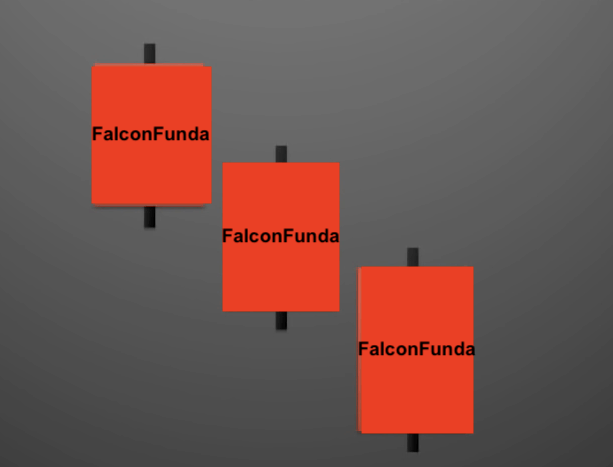











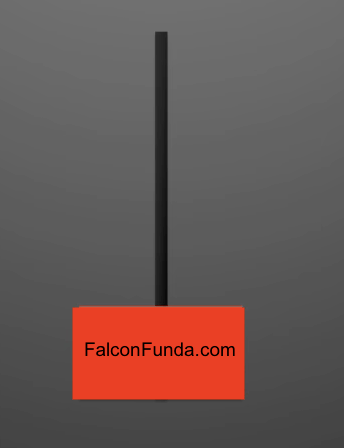

 Psychology of shooting star pattern is that following an uptrend, bulls open the day with a gap up from earlier days close and continue to push prices up. However bears are able to push down prices to be close to the start of the day.
Psychology of shooting star pattern is that following an uptrend, bulls open the day with a gap up from earlier days close and continue to push prices up. However bears are able to push down prices to be close to the start of the day. 
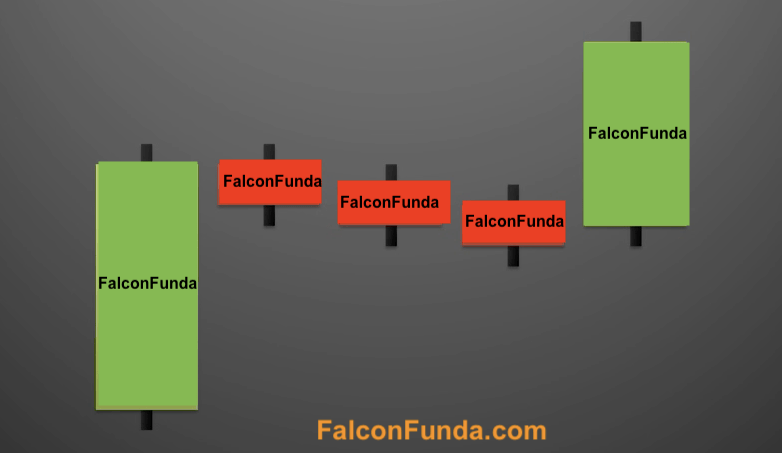


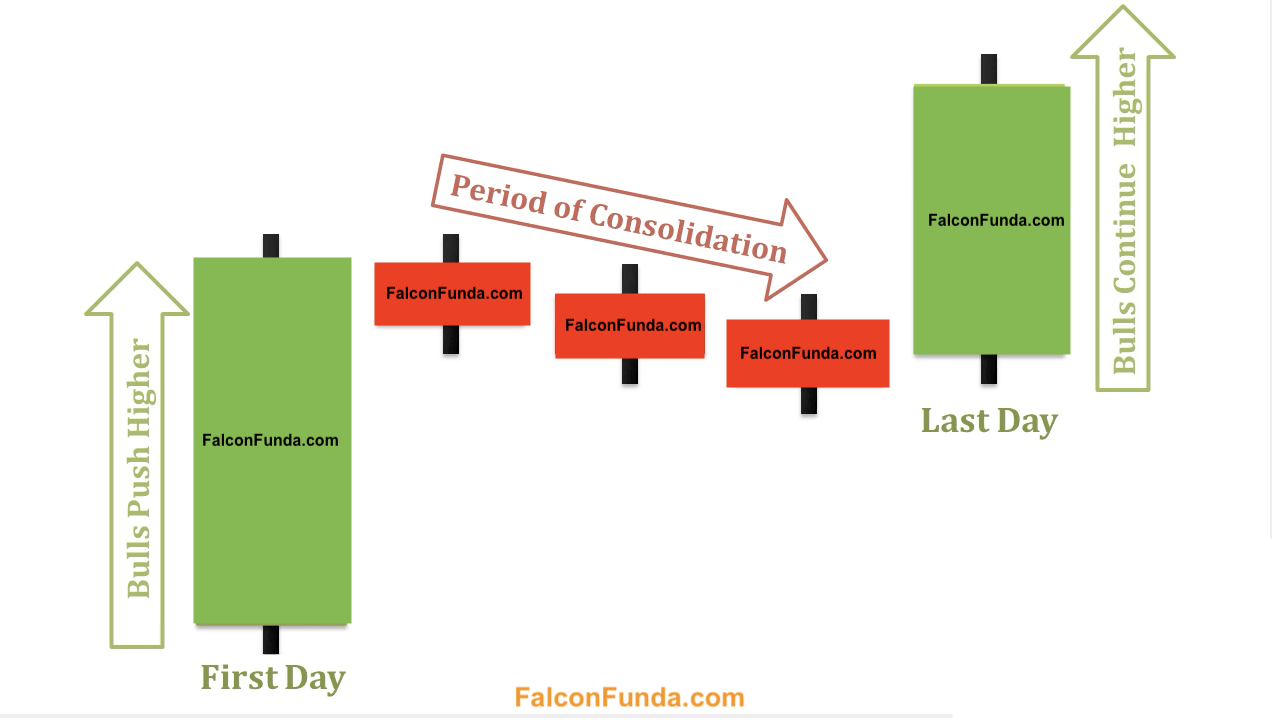
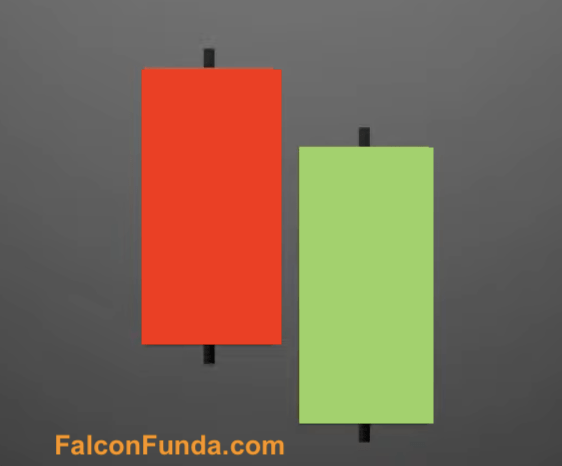




 As like any other, piercing patterns require confirmation candlesticks in the following days. If future day candlesticks go below the Day 2 candlestick low then the piercing pattern will be voided.
As like any other, piercing patterns require confirmation candlesticks in the following days. If future day candlesticks go below the Day 2 candlestick low then the piercing pattern will be voided. 